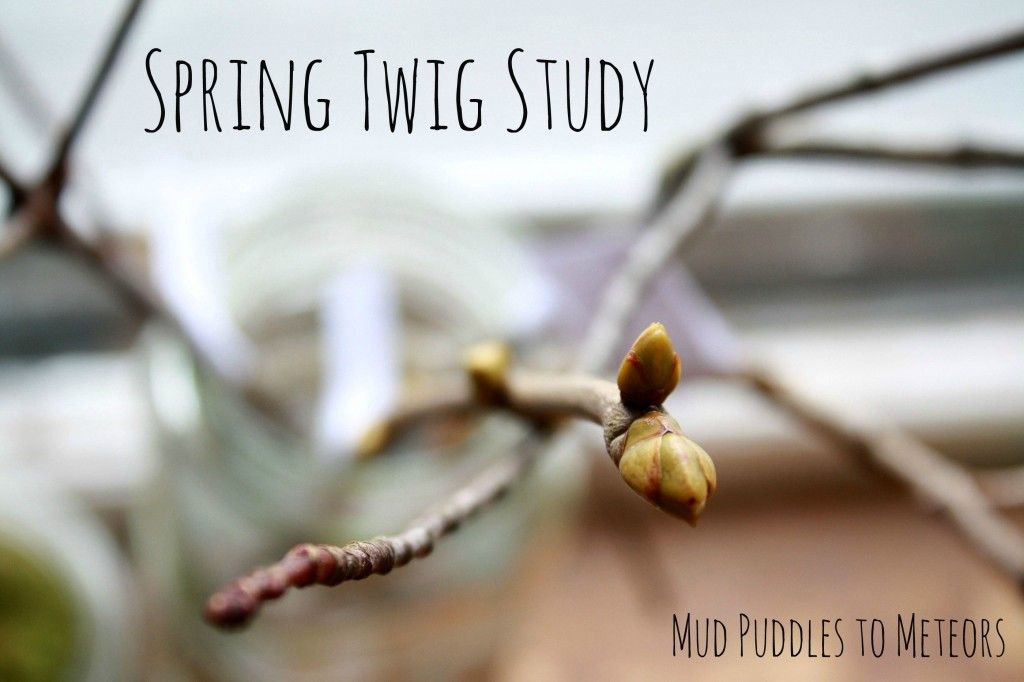In the vast landscape of educational methodologies, the “Project Twig Study” emerges as a quintessential framework for fostering immersive learning experiences, particularly for homeschool activities. At the crux of this initiative lies the intersection of nature and educational pursuits, aptly denoted by its name, “Twig.” A twig, after all, is not merely a fragment of a branch; it symbolizes a connection to the greater ecosystem and evokes connotations of growth, interdependence, and exploration. This article endeavors to illuminate the underlying principles of Project Twig Study while elucidating its potential as a catalyst for holistic education.
Firstly, it is imperative to dissect the nomenclature and its concomitant implications. The term “project” insinuates a structured undertaking, embodying a plethora of educational aspirations. Encouraging learners to engage with their environment, Project Twig Study pivots away from traditional rote learning, advocating for experiential knowledge acquisition. By harnessing the innate curiosity of children, this approach offers a fertile ground for discovery, where each twig they encounter can serve as a springboard into myriad subjects, ranging from biology to art.
To better understand the scope of Project Twig Study, let us delve into its core tenets. One pivotal aspect is the integration of cross-disciplinary learning. In this framework, nature acts as a backdrop for explorative endeavors. For instance, a simple twig can be the fulcrum for a comprehensive examination of plant biology, the physics of leverage, and even themes of resilience and adaptation found in literary works. This multifaceted approach cultivates not only cognitive development but also emotional intelligence as learners engage with the intricacies of the natural world.
Moreover, Project Twig Study encourages observational skills—a crucial component of scientific inquiry. Children are often instinctively attuned to their surroundings, and this project nurtures that inherent capability. Engaging in activities such as tree identification or the study of seasonal changes instills a profound respect for biodiversity. This deep-seated appreciation fosters a sense of environmental stewardship that can transcend educational boundaries and instigate a lifelong passion for nature.
In practical terms, Project Twig Study is rife with diverse activities that can be tailored to fit various age groups and learning styles. For younger children, tactile experiences such as creating a twig collage can be both fun and educational. Collecting twigs, leaves, and flowers facilitates kinesthetic learning, allowing children to physically interact with their environment. On the other hand, older students can engage in more complex projects, such as researching the ecological role of trees in their local habitats. This solidifies not only genre knowledge but also enhances critical thinking skills as they analyze interactions within ecosystems.
Creativity is another cornerstone of Project Twig Study. By encouraging artistic expression through nature-inspired crafts, learners can amalgamate their academic pursuits with creative endeavors. Activities such as crafting nature journals or creating sculptures from twigs promote innovation and allow children to articulate their observations in uniquely meaningful ways. This synergy between creativity and learning enriches the educational tapestry, rendering the experience more impactful.
Furthermore, technology can enhance Project Twig Study through digital documentation and research. Utilizing tablets or cameras, students can capture their findings and present them in various formats, such as videos or presentations. This not only modernizes the learning experience but also prepares them for the digitale of an information-driven society. By employing these tools, students develop competencies that extend beyond mere academic knowledge, culminating in 21st-century skills that are paramount in today’s world.
Transitioning towards a more global perspective, the Project Twig Study can instigate conversations around conservation and sustainability. As students learn about their local ecosystems, they can amplify their understanding by connecting with global environmental issues. Discussions in this realm can incite a sense of agency among young learners, empowering them to take action—be it through community clean-ups or participation in local environmental initiatives. This proactive stance crystallizes the project’s essence; education is not an isolating endeavor but rather a communal responsibility.
Of particular importance is the role of parental involvement in Project Twig Study. Homeschooling inherently requires an active partnership between parents and children. By co-participating in activities, parents can instill motivation and foster a collaborative spirit. This partnership not only enriches the learning experience but also consolidates familial bonds, transforming education into a shared journey of discovery.
In summary, the Project Twig Study represents a veritable bridge between education and the natural world. By tapping into the dynamics of experiential learning, creativity, and environmental consciousness, it paves the way for holistic development. The implications of this approach extend well beyond the classroom, fostering a generation equipped with not just knowledge, but also an unwavering commitment to nurturing the world around them. Through the simplicity of a twig, profound lessons can be gleaned—lessons that resonate with ages past, inform the present, and inspire the future.









Leave a Comment